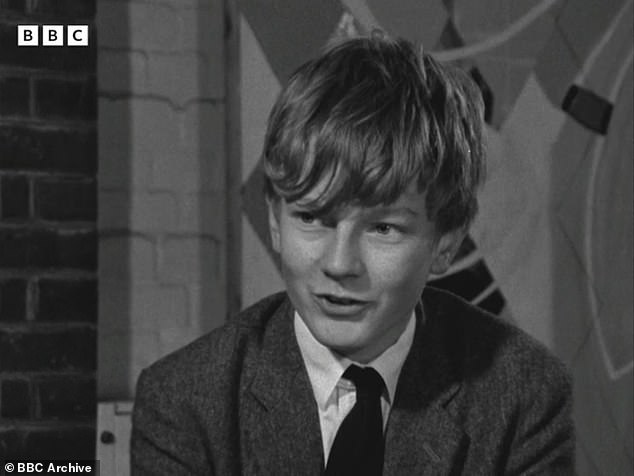
Uncanny 21st Century Prophecies That Eerily Came to Fruition
Children’s 1966 Predictions for the 2000s Were Shockingly Accurate
[Image: 1960s schoolchildren discussing future ideas with a BBC interviewer]
In 1966, the BBC interviewed schoolchildren about their visions of life in the 2000s. Their predictions, eerily foreshadowing today’s challenges, spanned technological upheaval, nuclear fears, environmental crises, and overpopulation.
Tech Takeover and Job Displacement
As the 1960s saw rapid advances in computers and space exploration, one girl predicted: “Computers are taking over now… In the year 2000, there won’t be enough jobs. Only people with high IQs [will] work computers.” Decades later, studies confirm technology has replaced more U.S. jobs than it created since the 1980s. Now, with AI reshaping industries, debates about automation displacing workers mirror the children’s concerns.
Nuclear Anxieties
The Cold War’s shadow loomed large. One boy feared, “Some madman will get the atomic bomb and blow the world into oblivion.” Another warned, “The more people who get bombs, [the more] somebody’s gonna use it someday.” Today, experts warn nuclear risks are rising due to strained geopolitics and fading arms control agreements. The Bulletin of Atomic Scientists highlights modern threats: expanded arsenals, new technologies, and political inaction.
[Image: Retro nuclear bomb explosion with “1960s fear vs. 2020s reality” overlay]
Environmental Warnings
Decades before climate change became mainstream, children envisioned environmental breakdown. “All the Sputniks…interfere with the weather. The sea may rise and cover parts of England,” one speculated. While satellites don’t drive sea-level rise, their prediction aligns with today’s climate crisis. Another foresaw urbanization clashing with nature: “Blocks of built-up areas [will be] ugly.” Protected parks now stand as rare refuges against development.
[Image: Satellite view of coastal flooding with 1960s child插图 overlay]
Overpopulation Pressures
Kids speculated wildly on crowded futures: “People [will live] in apartments piled up…or big domes in the Sahara.” Though underwater cities remain fiction, space is稀缺. The UN projects a peak of 10.3 billion people by the 2080s, straining housing and resources. As one child noted, “Houses would be small…everything cramped.”
Legacy of a prophetic Generation
These children’s blend of imagination and anxiety highlights how intuitively they grasped society’s trajectory. While not all predictions materialized (global population growth is slowing), their warnings on tech, climate, and conflict remain urgent. As we confront AI and nuclear tensions, their voices remind us to heed both innovation’s promise and its perils.
[Image: Split-screen of 1960s kids and modern cityscape with AI/tech elements]
Final Thought:
The past’s “futurists” were often children—unfiltered and observant. Their 1966 insights challenge us to address today’s crises before they reshape tomorrow.


